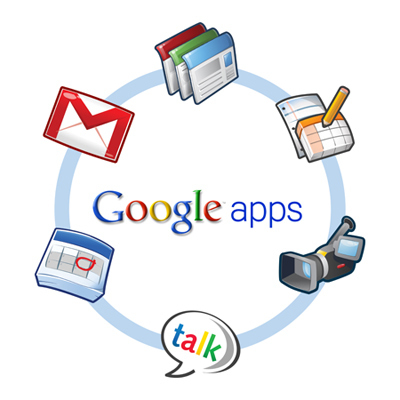"The ultimate goal of teaching is to do just that – teach, not stand up in the front of the room and talk.
But sometimes it’s easier to talk than to teach, as we all know, especially when we need to cover a lot of material in a short amount of time. We hope students will understand...
The problem is, we rely on these tests to measure understanding, and then we move on. Few of us take the time to address weaknesses and misunderstandings after the tests have been graded."



 Your new post is loading...
Your new post is loading...

















How do you go about checking for understanding? Exit slips may be too late to correct misunderstandings. This post provides 21 suggestions on ways to check for students' understanding. A few of them are listed below. Click through to the post for more information on them as well as additional suggestions.
* Avoid yes/no questions
* Ask students to summarize
* Misconception check
* Peer instruction